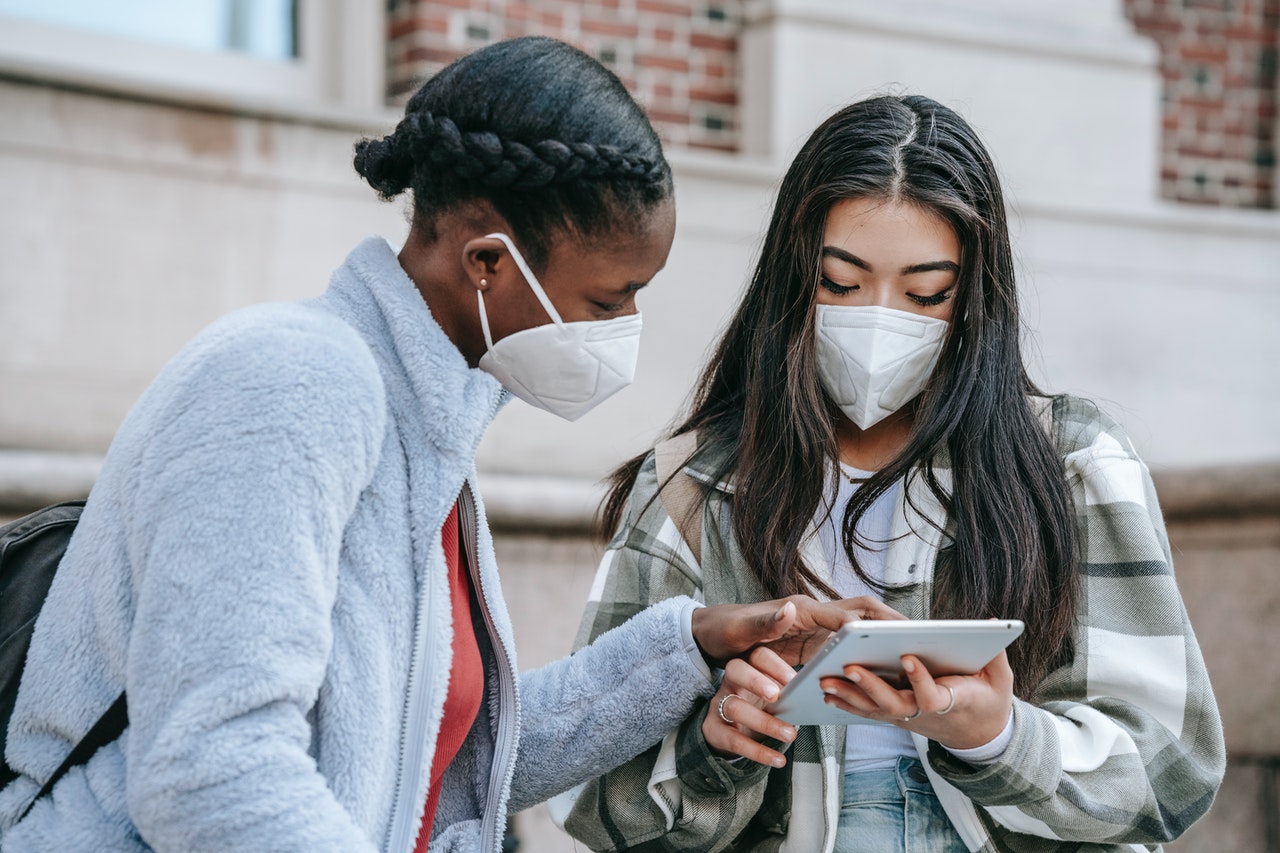When a dangerous practice is not stopped, people and civilizations suffer the price: Despite years of anti-tobacco measures, 1.3 billion people use tobacco now, 8 million people die from it every year, $1.4 trillion is wasted globally. Women and the poor (80% of the population) are the most affected.
Many believe this is an instance of “mission accomplished” because of the informational deluge and limitations on who and where tobacco use is permitted. This, however, is at best only partially accurate because we can observe how ads, easy access, and leadership errors may all harm the success of a hard-fought effort. The dangerous practice has finally been stopped.
For climate activists currently working to alter our industrial production system, the history of the anti-tobacco movement and the (partial) successes it had can serve as a parable. If nothing else, it demonstrates that changing a widely accepted social norm is an uphill battle that never ends.
Americans who want access to tobacco will react to the recent U.S. House of Representatives decision permitting these “leaders” to smoke in their offices but not on the floor of Congress. According to a recent statement made by a Republican congressman, “smoking cigars within the Capitol is ‘about freedom.'”
The purpose of this Congressional item is to demonstrate how crucial health-benefit information can readily be misrepresented for partisan, financial, or personal gain. This has been shown in numerous situations, such as infectious disease outbreaks (up to the present), where research is contested, misunderstood, and/or disregarded for various reasons. Given this, it is critical to examine tobacco, what we now have, and where things are headed if nothing is done.
Generally speaking, tobacco use has horrifyingly high health costs for most nations. WHO observes:
“Tobacco is toxic in all forms, and there is no degree of exposure that is safe. The most prevalent method of tobacco consumption worldwide is cigarette smoking. The burden of tobacco-related sickness and mortality is most significant in low- and middle-income nations, where more than 80% of the world’s 1.3 billion cigarette users reside. By diverting household spending away from necessities like food and shelter to cigarettes, tobacco usage contributes to poverty.
The economic consequences of tobacco use are high and include lost human capital and medical expenses for treating diseases brought on by cigarette use. The World Health Organization’s 2021 report states:
“Tobacco usage accounts for more than 8 million fatalities worldwide each year and costs the global economy US$ 1.4 trillion,” says the World Health Organization.
The question of whether smokers hospitalized for COVID-19 are more likely than non-smokers to experience serious consequences was investigated in recent research. According to the study involving 4,000 participants, those who smoke or use e-cigarettes had a 45% higher risk of dying from COVID-19.
Since 2008, WHO has actively pushed initiatives to offer governments advice. It introduced “MPOWER” in 2015.
The letters list the six “cost-effective and high-impact” steps that the WHO Framework Convention on Tobacco Control (WHO FCTC), which serves as a roadmap for national tobacco control programs, recommends taken.
At least two measures currently cover ninety-eight nations, 31 have three at the maximum degree of accomplishment, and five have four measures—clearly insufficient. A notable example of the effects of MPOWER measures in comparison to not implementing them is the Eastern Mediterranean Region:
Tobacco advertising began focusing on women in the 1920s and featured themes like “Reach for a Lucky instead of a sweet,” which made the connection between smoking and slimness as a technique to control weight. In the first year, U.S. sales increased by more than 300%.
The number of women who started smoking between 18 and 21 tripled between 1911 and 1925, then tripled again by 1939. Even though these numbers pertain to the United States, similar things happened elsewhere. Philip Morris began marketing Virginia Slims to women in 1968 with the slogan “It’s a woman thing,” which eventually caught on with the women’s movement in the middle of the 1990s and suggested that smoking was connected to women’s liberation, emancipation, and empowerment.
Smoking has been more accessible and promoted as “healthier” nowadays. With the introduction of vaping and e-cigarettes in recent years, more people are finding it more enticing to smoke. Along with vape and e-cigarettes, there are other ways to smoke, including the use of hookah. A lot of companies are venturing into this industry, including Tangiers Shisha and other hookah brands.
As a result, female lung cancer moves up to the second-most prevalent position. Young women, in particular, seem to be more afflicted these days, with higher lung cancer rates than men.
The growth in lung cancer among non-smoking women is another issue. The origins of this most recent development are still unknown; the study is still being done to determine whether they include secondhand smoke, hereditary factors, radon in the home, and truck emissions in the streets.
Despite this, smoking continues to be the leading cause of lung cancer without a shadow of a doubt.
More than 2.2 million new instances of lung cancer were reported in 2020, making it the second most frequent cancer in the world. After breast cancer, it is the second most frequent cancer in both men and women.
Survival rates depend on the stage of lung cancer, identification timing, and medical care availability.
For instance, information reveals that in England, which has a national health system, about 40 out of every 100 patients survive their cancer for one year or more.
It is very difficult to predict the survival rates of men or women.
The figures below, specifically those for women, are incomplete because not all nations supply data or data in the same way, and there are always concerns about reporting accuracy with this kind of data.
However, the table below illustrates the areas where women are particularly impacted. The impact of lung cancer in the ten nations with the highest rates of lung cancer and the most significant number of lung cancer fatalities in 2020 is depicted in the table below.
New and emerging tobacco products will require ongoing and renewed attention, particularly considering the increase in women users of all ages and the harm to their health in the coming years, in addition to young people.
Due to the perception that vaping is less harmful than regular cigarettes, especially among young people, electronic cigarettes have increased dramatically as an alternative. Studies have indicated that the latter, in particular, can serve as a gateway to later turning to cigarettes.












